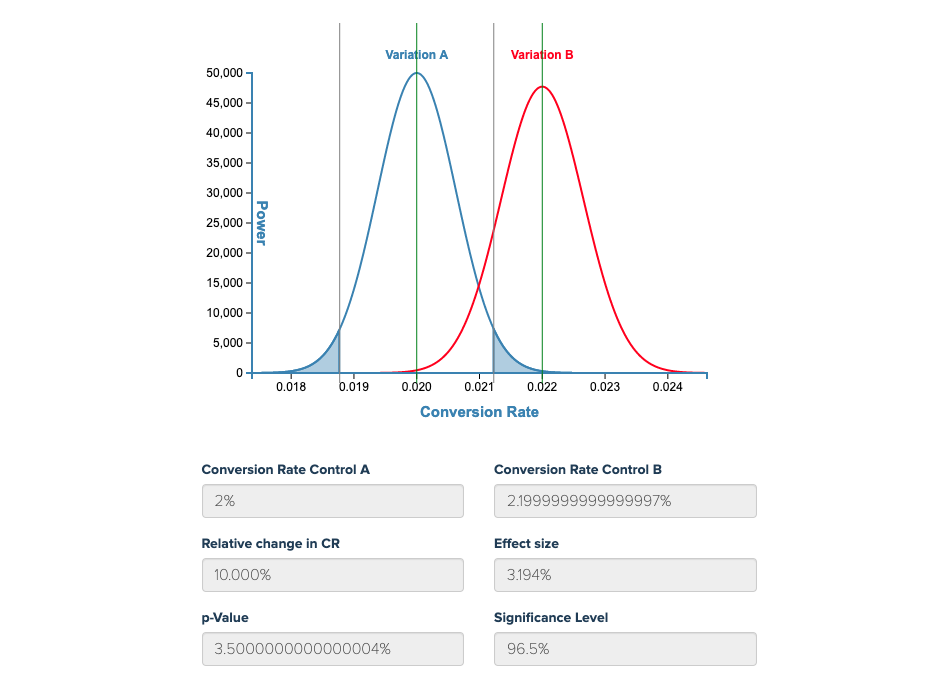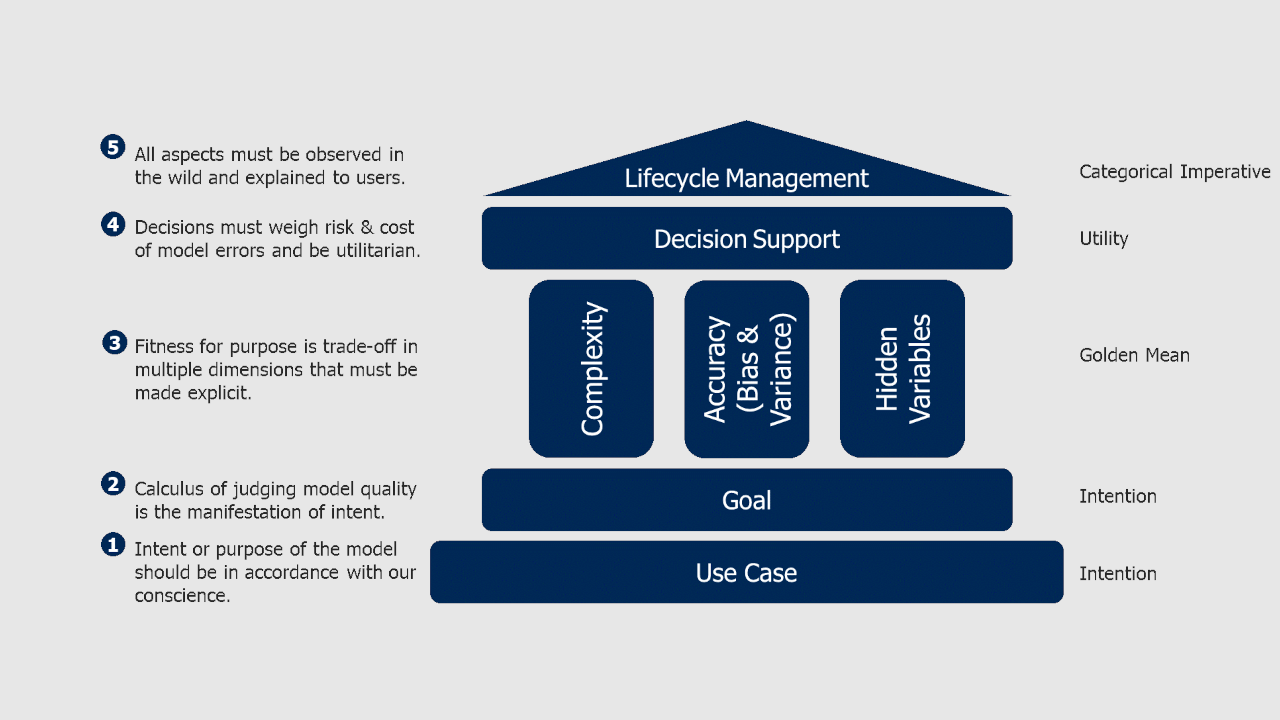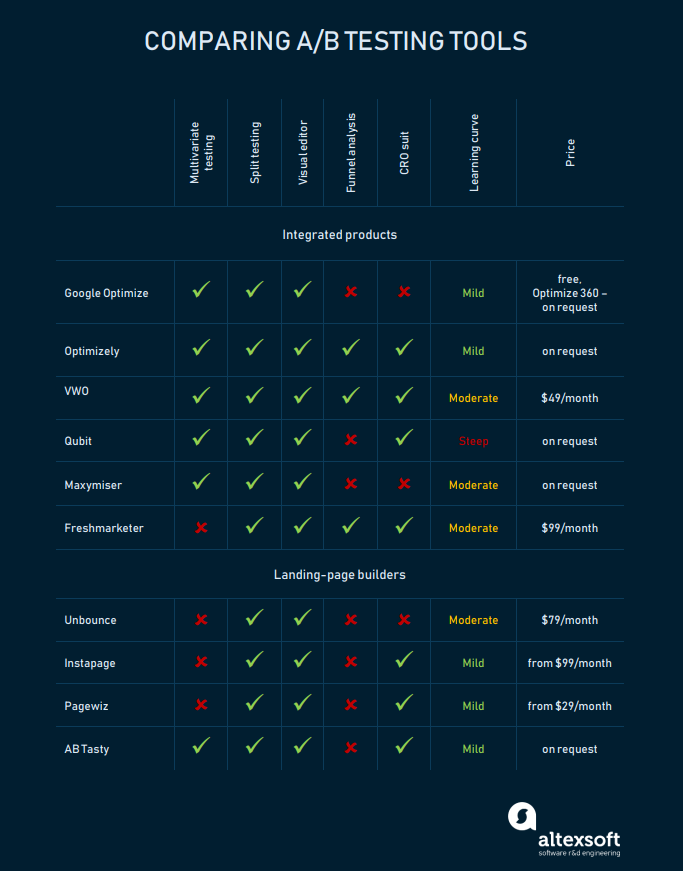Introduction
The growth of e-commerce has prompted companies to adopt innovative strategies aimed at enhancing customer engagement and increasing sales. Among these strategies, AI-powered high-volume A/B testing has gained traction, enabling businesses to conduct multiple experiments simultaneously and optimize marketing efforts effectively. This approach leverages artificial intelligence to analyze extensive data rapidly, allowing for real-time decision-making that was previously difficult to achieve. This case study explores various implementations of AI-powered A/B testing, highlighting how companies have successfully improved click-through rates (CTR), boosted conversion rates, and ultimately increased revenues.
With the ability to generate numerous content variations quickly, AI tools equip marketers to refine headlines, optimize product pages, and personalize user experiences. For marketing executives and digital content creators, understanding the practical implications of this technology is critical for maintaining competitiveness in a crowded marketplace. By examining real-world examples, the case study aims to provide insights into effective methodologies, emphasize the importance of statistical significance, and discuss ethical considerations surrounding the use of AI in A/B testing. Ultimately, this exploration will demonstrate the potential of AI in optimizing marketing strategies through data-driven decisions.
Unlocking Higher CTR: How AI-Powered A/B Testing Improves Headlines
AI-powered A/B testing plays a vital role in improving headline click-through rates (CTR) by enabling marketers to evaluate multiple headline variations efficiently and accurately. Understanding the correlation between headlines and CTR is fundamental, as headlines often serve as the first contact point for users, crucial in attracting traffic and driving conversions.
For instance, Ideall.ro implemented AI-driven A/B testing and observed a 22.26% increase in conversion rates. By analyzing the performance of various headlines, the company identified styles that resonated most with its audience. Similarly, Dell reported a remarkable 300% increase in conversion rates through rigorous testing practices. Bing was able to boost revenue per search by 10-25% thanks to its adoption of high-volume A/B testing.
This infographic outlines various aspects of A/B testing and its impact on Click-Through Rates (CTR) based on tested headline variations (Source: Finances Online)
Incorporating AI tools to analyze headline performance can streamline the testing process. By employing natural language processing algorithms, businesses can quickly assess audience engagement with different phrasing, allowing for data-driven decision-making that leads to improved CTR.
Power Tools for Creating Content Variations: Key AI Solutions for A/B Testing
To harness the full potential of A/B testing, marketers should utilize specialized tools that facilitate the creation and management of content variations. Two prominent platforms—Optimizely and Google Optimize—offer distinct features to support these goals.
Optimizely stands out with its Stats Engine, enabling unlimited concurrent experiments, making it suitable for enterprises conducting high-volume A/B tests. The platform supports server-side testing and advanced personalization capabilities, allowing users to craft tailored experiences for target audiences. In comparison, Google Optimize, while more limited in scope, provides seamless integration with Google Analytics and offers a free tier that makes it accessible to smaller businesses.

User feedback highlights how these tools cater to different levels of expertise and testing needs. While Optimizely is praised for its advanced functionalities, Google Optimize is appreciated for its simplicity and ease of integration, making it a strong choice for marketers new to A/B testing.
Achieving Statistical Significance: Ensuring Valid A/B Test Results
Achieving statistical significance is critical in A/B testing to verify that results accurately reflect the impact of any changes made. A common challenge faced by marketers is the need to ensure the quality and validity of data collected during tests. Implementing strategies that emphasize proper sample size, appropriate statistical methodologies, and continuous monitoring can enhance the testing process.
Research from Dell suggests that thorough testing practices can lead to significant increases in conversion rates. Common pitfalls such as sample ratio mismatch can distort results and undermine the reliability of findings. Marketers must ensure that their testing methodologies yield statistically significant results while providing actionable insights for future optimization.
 This graphical representation depicts various A/B test significance levels and highlights the importance of statistical validation in marketing experiments (Source: Convertize)
This graphical representation depicts various A/B test significance levels and highlights the importance of statistical validation in marketing experiments (Source: Convertize)
Incorporating AI can streamline this process. By automating data collection and analysis, marketers can minimize human error and concentrate on interpreting results. This shift enables companies to make informed decisions based on robust statistical evidence, ultimately paving the way for ongoing improvement.
Streamlining Testing Processes: Enhancing Efficiency with AI
AI significantly enhances the efficiency of A/B testing processes through automated data analysis and real-time insights. Companies like Bing illustrate how AI enables organizations to conduct over 1,000 tests monthly, demonstrating the capacity for innovation at scale.
AI algorithms can quickly identify high-performing variations by analyzing user interactions and engagement levels. Additionally, platforms such as Kameleoon utilize AI to manage audience targeting dynamically, providing real-time recommendations on the optimal experiences for users.
 This flowchart illustrates the steps involved in AI model development and showcases how AI can optimize workflows in A/B testing (Source: ResearchGate)
This flowchart illustrates the steps involved in AI model development and showcases how AI can optimize workflows in A/B testing (Source: ResearchGate)
By automating routine tasks and providing immediate feedback on performance, AI facilitates quicker decision-making, enabling marketers to adapt campaigns promptly and improve overall return on investment. This efficiency fosters a culture of continuous testing and optimization within organizations.
Best Practices for Ongoing Optimization in A/B Testing
To maintain iterative improvement, businesses should embrace continuous A/B testing as a fundamental component of their marketing strategy. This approach entails regularly analyzing test outcomes, leveraging insights to guide future experiments, and adjusting campaigns based on learned user behaviors and preferences.
For example, Klaviyo’s integration of AI-powered testing into email marketing campaigns emphasizes the importance of ongoing optimization. By continually assessing performance metrics and user interactions, companies can refine their marketing strategies for greater customer engagement.
![]() This image outlines the continuous improvement process in A/B testing, illustrating the importance of leveraging insights for ongoing optimization (Source: Omniconvert)
This image outlines the continuous improvement process in A/B testing, illustrating the importance of leveraging insights for ongoing optimization (Source: Omniconvert)
To successfully implement ongoing optimization practices, organizations should cultivate a culture that values testing and learning. This commitment encourages innovative thinking, resulting in more effective marketing strategies that resonate with target audiences.
Navigating Ethical Considerations in AI-Driven A/B Testing
As organizations adopt AI-driven A/B testing methodologies, they must remain vigilant regarding ethical considerations and potential biases. Ensuring compliance with data privacy regulations, such as the General Data Protection Regulation (GDPR), is crucial for building trust with customers and stakeholders. Transparent data handling practices contribute to user security, as individuals understand how their data is being utilized.
Addressing algorithmic bias is similarly important. AI models trained on historical data may reflect and perpetuate existing societal biases, potentially generating unfair or skewed outcomes. Organizations should implement strategies that promote equity, such as utilizing diverse datasets and engaging in continuous monitoring for indicators of bias.

Implementing ethical AI practices can mitigate potential risks while enhancing brand reputation. By prioritizing fairness and transparency, companies can position themselves as responsible market leaders, fostering equitable interactions with customers.
Integrating AI A/B Testing with Existing Marketing Technologies for Optimal Results
The effective integration of AI-driven A/B testing with existing marketing technologies enhances the ability to achieve targeted results. By synchronizing A/B testing tools with Customer Relationship Management (CRM) systems, companies can leverage customer data to create more personalized experiences. This integration permits marketers to tailor messaging based on individual user profiles and historical interactions.
Data-driven platforms like Klaviyo and Adobe demonstrate how real-time analytics can influence campaign effectiveness. As AI Copilot from Kameleoon improves the testing setup directly linked to CRM data, marketers gain insights that prompt timely adjustments and enhancements.
 This overview graphic compares various testing tools, including their integration capabilities with CRM and analytics platforms (Source: AltexSoft)
This overview graphic compares various testing tools, including their integration capabilities with CRM and analytics platforms (Source: AltexSoft)
Creating an environment where insights flow seamlessly between testing and analytics supports continuous improvement and sharpens marketing strategies. Understanding user behavior gained from integration can lead to enhanced customer experiences and higher conversion rates.
Conclusion
AI-powered high-volume A/B testing offers significant opportunities for organizations to optimize their marketing strategies. By leveraging AI capabilities, businesses can improve their CTR, utilize powerful testing tools, ensure statistical significance, and integrate insights into existing technologies. However, navigating ethical considerations and addressing algorithmic bias present ongoing challenges for marketers.
Ultimately, the successful implementation of AI-driven A/B testing requires a commitment to continuous optimization and ethical responsibility. By considering the lessons learned from leading industry examples, marketing executives and digital content creators can harness AI's potential to drive measurable improvements while maintaining a competitive edge in the evolving landscape of digital marketing. The future of A/B testing rests in its ability to adapt and innovate, ensuring that marketing efforts resonate meaningfully with audiences while achieving substantial business outcomes.

Kommentaarid (0)
Logi sisse et osaleda arutelus või .